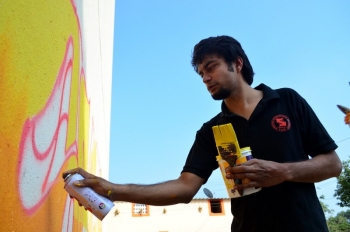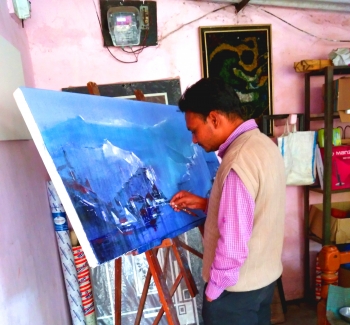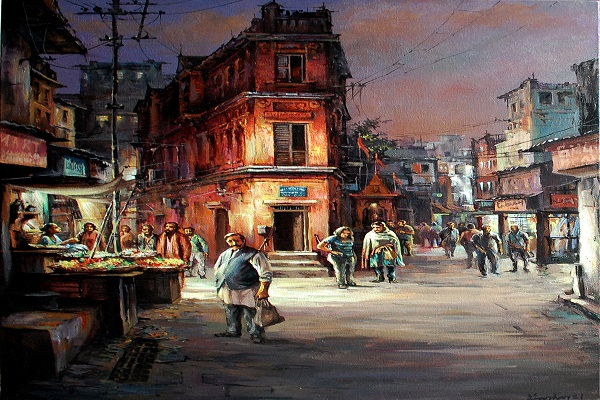
Still life art has captivated artists and art enthusiasts for centuries, allowing them to breathe life into inanimate objects on canvas. In India, a country renowned for its artistic traditions and cultural heritage, still life art holds a significant place in the realm of visual arts. This article delves into the world of Indian still life art, highlighting its unique characteristics, cultural significance, and opportunities to purchase and appreciate Indian art in this genre.
Indian still life art reflects the country's cultural diversity and historical heritage, with regional styles showcasing distinct features and artistic conventions. These paintings incorporate symbolism and cultural significance, with objects representing religious, spiritual, or social aspects of Indian culture. Flowers symbolize devotion, while fruits denote abundance or fertility. The vessels and utensils depicted hold historical or cultural importance, representing traditional practices or rituals.
Indian still life art offers various avenues to acquire artworks. Galleries, exhibitions, online platforms, and auctions provide opportunities to explore and purchase art directly from renowned artists or reputable sources. Authenticity and quality are crucial considerations, ensuring purchases from established galleries or recognized platforms while understanding the artist's reputation and background.
Supporting Indian still life artists contribute to the preservation and promotion of India's artistic heritage. Buying Indian art allows individuals to appreciate its beauty and craftsmanship while fostering the thriving art scene in India.
Contemporary expressions of still life art in India have gained popularity, incorporating modern techniques, materials, and themes. Technology and social media platforms have enabled artists to showcase their works globally, expanding recognition and appreciation.
In short, Indian still life art is a captivating genre that encapsulates India's artistic traditions and cultural heritage. With its unique characteristics, rich symbolism, and diverse regional styles, it offers a glimpse into the country's cultural tapestry. By acquiring still life art, individuals not only own exquisite artworks but also contribute to preserving and celebrating India's artistic legacy.
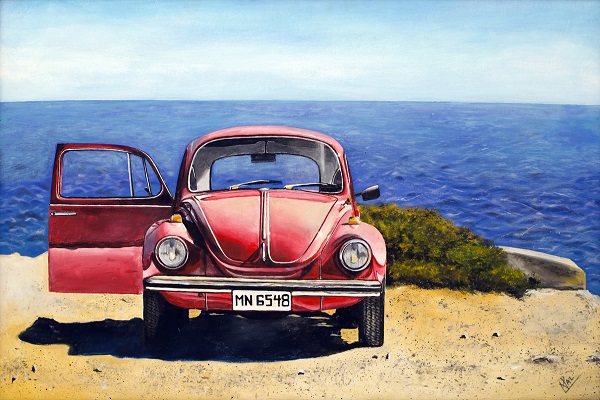
Cultural Significance and Symbolism
Indian still life art carries profound cultural significance and symbolism, going beyond visual representation. Objects depicted in these artworks hold deeper meanings that reflect religious, spiritual, or social aspects of Indian culture. Flowers play a significant role, symbolizing qualities like purity, beauty, love, and auspiciousness. Fruits carry symbolic connotations of fertility, abundance, and prosperity. Vessels and utensils represent traditional practices, rituals, and social customs, highlighting their cultural and religious significance. Religious artifacts and symbols, such as deities, sacred scriptures, or ritual objects, evoke devotion, spirituality, and religious rituals.
The inclusion of these symbolic elements in Indian still life art connects viewers to the country's cultural and spiritual beliefs. They serve as visual narratives, inviting contemplation and a deeper understanding of Indian culture and traditions. By exploring the cultural significance and symbolism within these artworks, viewers gain a greater appreciation for the layers of meaning embedded in the compositions. These symbols not only enhance the aesthetic appeal but also serve as a bridge between the tangible and intangible aspects of Indian society, encompassing spirituality, tradition, and social customs.
Indian still life art showcases the deep-rooted cultural fabric of the country, where art becomes a medium to communicate and celebrate the rich symbolism and significance of everyday objects. It serves as a window into the profound connections between art, religion, and spirituality in Indian culture, offering viewers a glimpse into the multifaceted layers of meaning that lie within these intricate and captivating compositions.
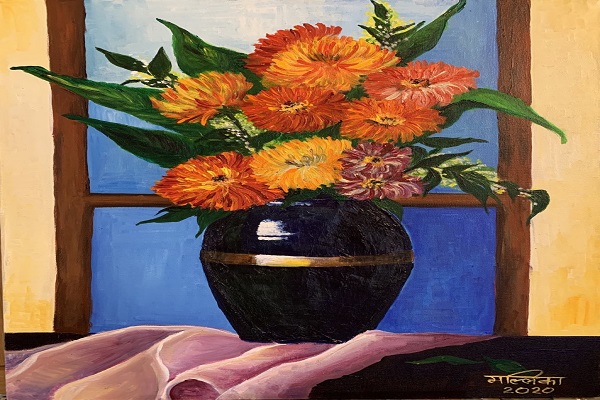
The Evolution of Still Life Art in India
The evolution of still life art in India showcases the country's artistic heritage and cultural diversity. Starting from ancient times, Indian still life art has undergone significant changes influenced by different artistic movements, regional styles, and renowned artists.
In ancient Indian art, cave paintings and sculptures depicted still life elements alongside religious and mythological figures. During the Mughal era, miniature paintings integrated intricate still life details within courtly scenes, blending Persian and Indian styles. In South India, Tanjore paintings emerged, featuring vibrant colors and rich embellishments with intricately portrayed still life elements.
The 18th and 19th centuries saw the rise of regional styles like Pattachitra, Madhubani, and Rajput miniature paintings, each incorporating still life elements that represented their respective cultural traditions. European academic art practices influenced Indian art during British colonial rule, with artists like Raja Ravi Varma incorporating still life elements into their works.
In modern times, Indian artists have continued to experiment with still life art, exploring new styles, techniques, and subjects. They draw inspiration from traditional practices while infusing personal expressions and narratives. Contemporary artists employ various mediums, including oil, watercolor, and digital platforms, to create dynamic still life compositions. The evolution of Indian still life art reflects the country's artistic richness and its ability to embrace diverse influences. From ancient cave paintings to contemporary expressions, Indian still life art captures the changing times and the visions of generations of artists.
Regional Styles and Techniques
Indian still life art encompasses a range of regional styles that reflect the country's cultural diversity. Each style exhibits unique techniques, materials, and subject matters, providing insights into the rich artistic traditions of different regions.
Mughal miniatures, originating from the Mughal empire, are characterized by intricate detailing and delicate brushwork. They incorporate still life elements within courtly scenes, blending Persian and Indian influences. Tanjore paintings from South India feature vibrant colors, rich embellishments, and intricate depictions of still life objects, often used for devotional purposes.
Pattachitra, an art form from Odisha, showcases nature, flora, fauna, and daily life objects. Its intricate line work and vibrant palette bring these elements to life. Madhubani art from Bihar exhibits bold lines and vibrant colors, with still life elements inspired by nature.
Each regional style of Indian still life art highlights the artistic mastery and cultural heritage of its respective region. The techniques and materials used are specific to the local traditions, resulting in a diverse artistic landscape. From the detailed brushwork of Mughal miniatures to the embellishments of Tanjore paintings, and the bold lines of Pattachitra and Madhubani art, these styles capture the essence of their regions and their unique artistic expressions.
Exploring these regional styles allows for a deeper appreciation of India's artistic richness and cultural diversity. They provide glimpses into the distinct artistic traditions that have evolved over centuries, showcasing the country's vibrant and multifaceted artistic heritage.
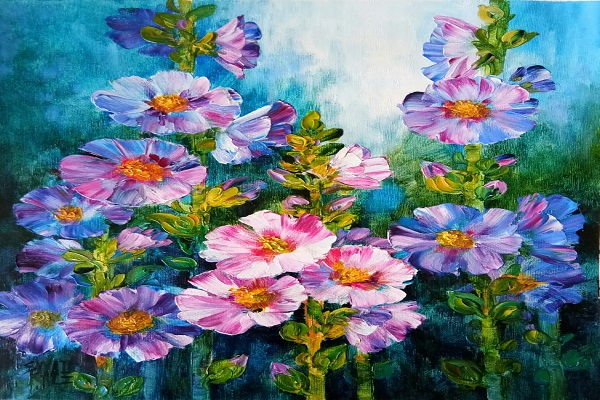
Notable Indian Still Life Artists
Indian still life art has been shaped by the exceptional contributions of renowned artists throughout history. This section profiles some of the notable figures who have made a significant impact on the genre, showcasing their artistic journeys, notable works, and unique artistic styles.
Raja Ravi Varma, a prominent painter of the 19th century, skillfully blended Indian traditions with European academic techniques. His attention to detail and mastery of color brought life to everyday objects, making them subjects of artistic beauty.
Amrita Sher-Gil, often likened to Frida Kahlo, made noteworthy contributions to Indian art. While recognized primarily for her figurative works, she also delved into still life art, employing a bold and expressive style that showcased her unique perspective and innovative use of colors.
Amar Nath Sehgal, a renowned sculptor, transformed everyday objects into captivating artistic forms. His still life sculptures exuded movement and energy, captivating viewers with their dynamic compositions.
Jogen Chowdhury, a contemporary artist, demonstrated versatility and a keen observation of form. While known for his figurative works, Chowdhury's exploration of still life art captured the essence of objects through bold strokes.
Thota Vaikuntam, famous for his vibrant folk-inspired paintings, incorporated still life elements into his compositions. His artworks showcased a blend of bold colors and delicate detailing, capturing the essence of objects with a distinctive style.
These notable Indian artists have made lasting contributions to still life art, showcasing the versatility, creativity, and artistic prowess of the country's art scene. Their works continue to inspire and enrich the genre, leaving an indelible mark on the artistic legacy of still life art.
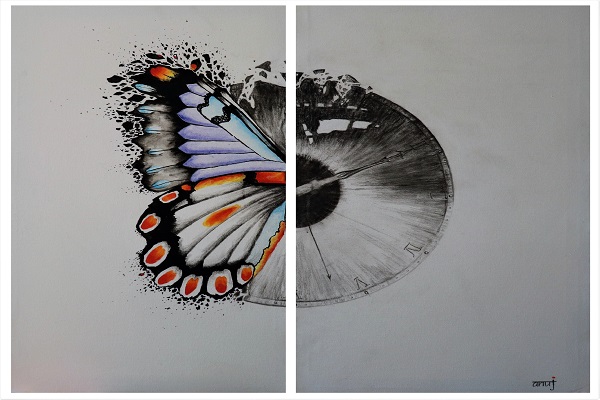
Buying Indian Still Life Art
For art enthusiasts and collectors interested in acquiring Indian still life art, there are several avenues to explore. This section provides valuable information and resources to guide the process of purchasing authentic Indian artworks.
Art galleries are ideal platforms for viewing and purchasing still life art. Reputable galleries specializing in Indian art offer firsthand experiences and knowledgeable staff to assist with understanding the artworks and artists.
Online platforms have gained popularity, providing convenient access to a wide range of Indian art. Dedicated online marketplaces focusing on Indian art offer diverse selections of still life artworks. It is important to choose reliable platforms that authenticate and verify the artworks they feature.
Art auctions present opportunities to bid on still life art. Participating in auctions requires thorough research, understanding the bidding process, and setting a budget.
Art fairs and exhibitions offer immersive experiences to explore and purchase still life art. These events bring together artists, galleries, and collectors, providing a vibrant atmosphere for art appreciation.
When purchasing Indian still life art, evaluating authenticity and quality is crucial. Researching the artist's background and examining the materials and techniques used helps ensure the legitimacy and value of the artwork.
Supporting local artists is vital for the growth of the Indian art scene. Engaging with emerging artists, exploring art communities, and commissioning artworks directly from artists contribute to their development and the preservation of traditional art forms.
Acquiring still life art is an opportunity to appreciate the country's cultural heritage. Whether through galleries, online platforms, auctions, or art fairs, conducting thorough research and investing in authentic artworks support the promotion and preservation of India's artistic legacy.
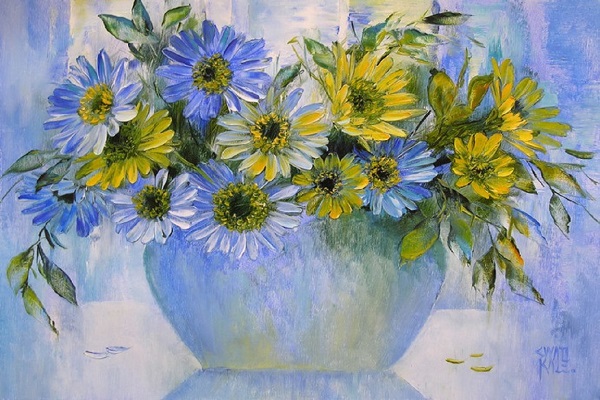
Contemporary Expressions and Innovations
Contemporary still life art showcases the innovative expressions of artists who are redefining the genre. By incorporating modern techniques, materials, and themes, these artists bring a fresh perspective to the traditional form.
Contemporary artists in India experiment with a wide range of mediums, including mixed media, installations, and digital art. They seamlessly blend classical compositions with contemporary elements, creating a fusion of old and new that reflects the evolving cultural landscape. This synthesis captures the artists' engagement with the modern world.
Technology and social media platforms have become instrumental in promoting Indian still life art globally. Artists can now reach a wider audience and transcend geographical boundaries through online platforms, digital exhibitions, and social media. These digital tools provide avenues for connecting with art enthusiasts and collectors worldwide, expanding the appreciation for Indian still life art.
Contemporary Indian still life art explores a diverse range of themes beyond traditional motifs. Artists delve into socio-political issues, environmental concerns, consumerism, and personal narratives, infusing their works with deeper meanings and social commentary. This expansion of themes challenges conventional notions of still life art, inviting viewers to engage with the artworks on multiple levels.
Through their innovative approaches, contemporary Indian artists revitalize the genre of still life art, attracting new audiences and enriching the artistic dialogue. The fusion of traditional and modern techniques, the influence of technology, and the exploration of diverse themes contribute to the dynamic landscape of still life art.
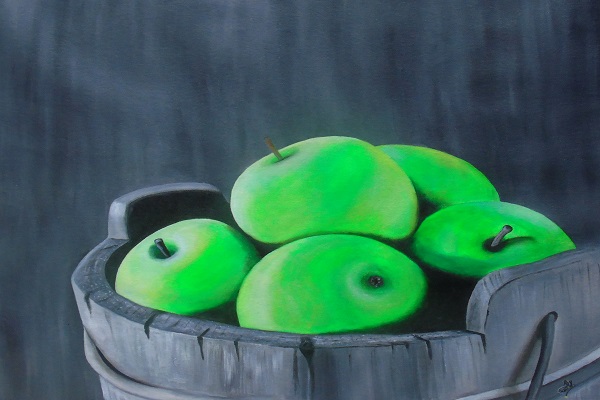
Last Thoughts
Indian still life art is a captivating genre that reflects the rich cultural heritage and artistic expression of the country. This article has explored its historical evolution, cultural significance, and avenues for purchasing still life art. It has highlighted regional styles, notable artists, and the incorporation of modern techniques and themes. By understanding and appreciating the beauty and diversity of still life art, we celebrate the artistic legacy of the country and inspire a deeper connection to its vibrant art scene.













